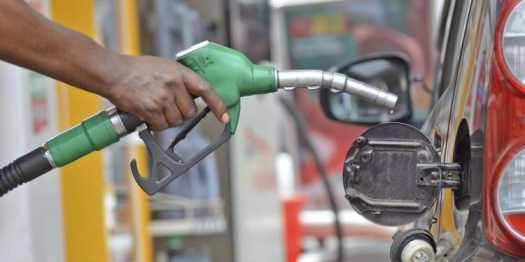Fuel prices are set to slightly decline after the Energy and Petroleum Regulatory Authority announced new pump rates in its latest monthly review.
The new prices, which take effect from midnight September 14 and will run for the next 30 days, reflect minor reductions across Super Petrol, Diesel and Kerosene.
In the review, Super Petrol decreased by Sh0.79 per litre, Diesel by Sh0.11, and Kerosene by Sh0.80.
This means that in Nairobi, motorists will now pay Sh184.52 for a litre of Super Petrol, Sh171.47 for Diesel, and Sh154.78 for Kerosene.
“The prices are inclusive of the 16 per cent Value Added Tax (VAT) in line with the provisions of the Finance Act 2023, the Tax Laws (Amendment) Act 2024 and the revised rates for excise duty adjusted for inflation as per Legal Notice No. 194 of 2020,” EPRA said in its statement.
In Mombasa, a litre of Super Petrol will retail at Sh181.21, Diesel at Sh168.19 and Kerosene at Sh151.49.
In Nakuru, the prices will be Sh183.56 for Super Petrol, Sh170.87 for Diesel and Sh154.21 for Kerosene. In Eldoret, a litre of Super Petrol will cost Sh184.38, Diesel Sh171.68 and Kerosene Sh155.03, the same as in Kisumu.
The regulator noted that the adjustment follows last month’s review where the cost of Super Petrol and Kerosene was lowered by Sh1 per litre, while Diesel remained unchanged.
At the time, pump prices in Nairobi stood at Sh185.31 for Super Petrol, Sh171.58 for Diesel and Sh155.58 for Kerosene.
In July, fuel prices had risen sharply after EPRA raised Super Petrol by Sh8.99 per litre, Diesel by Sh8.67 and Kerosene by Sh9.65.
The spike was linked to higher freight costs as shipping lines responded to security threats in the Strait of Hormuz, a key global oil transit route between Iran and Oman through which about 20 per cent of the world’s oil and liquefied natural gas flows daily.

